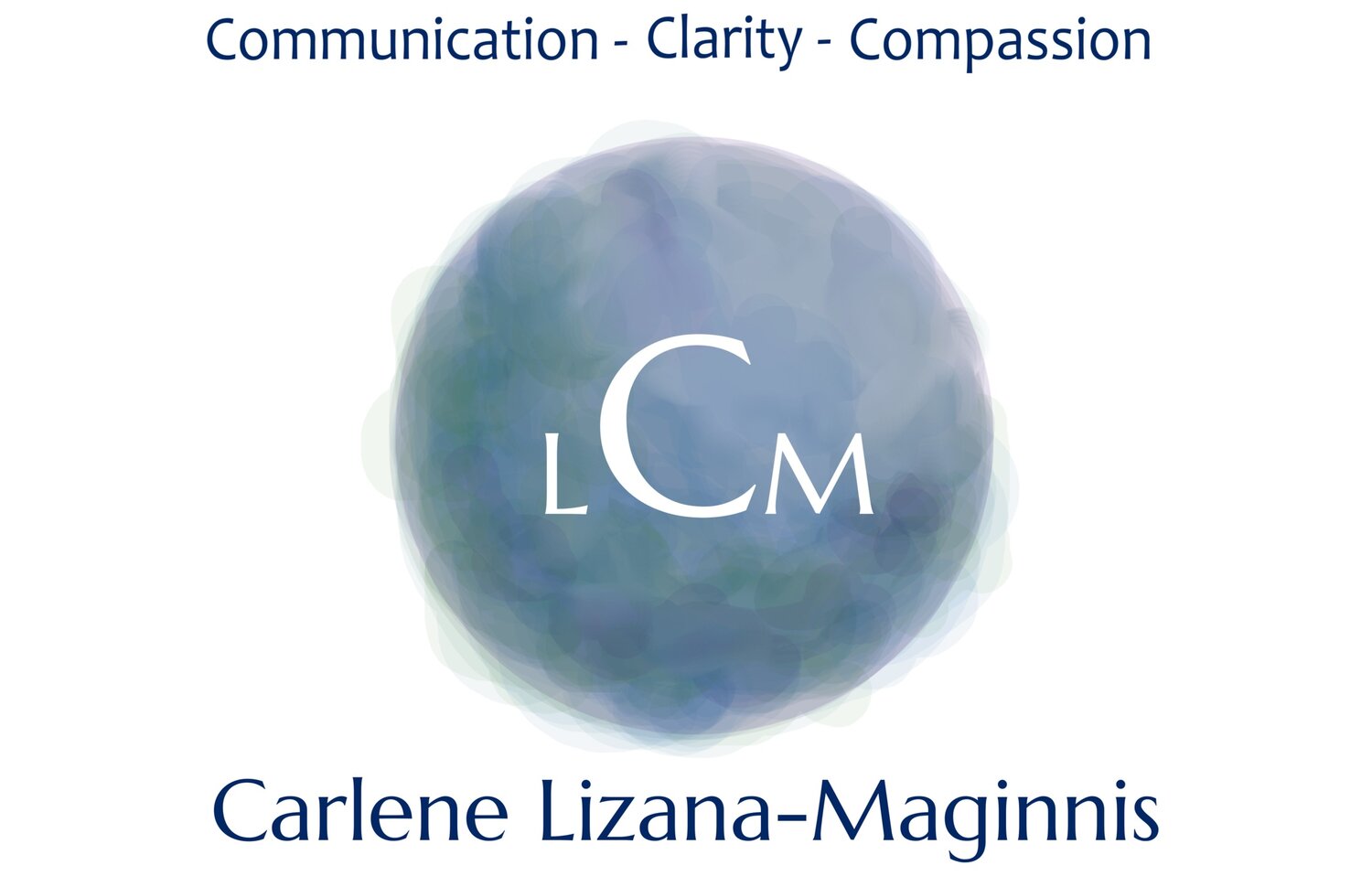In beginning a new year, it’s been a tradition of mine to inventory the year ending. As Jim and Jori Manske, certified trainers with the Center of Nonviolent Communication, taught me years ago, the inventory begins with inquiring into what went well the year before and what didn’t. This is a wise suggestion, otherwise many of us would never get to celebrating what went well! I begin this blog with how both merged from the same situation.
First, a little background information.
In the early part of this millennium, a dear friend suggested I read a book she’d found helpful for her own inner personal growth and development. Because I had immense trust in her care for me, I bought the book and I’m so glad I did! Although this may sound trite and overused, Nonviolent Communication: A Language of Life by Dr. Marshall Rosenberg has literally changed the course of my life.
Knowing me as she did, my friend knew I had a relationship with anger. Ours was a dance I’d been acquainted with and acted upon all my life. Looking back today, it’s no wonder to me that the work of Dr. Rosenberg, affectionately known by many simply as Marshall, would become my life’s work!
In a one-on-one conversation with Marshall some years ago, I asked him what I could do about my anger. I expressed to him my concern of how anger had alienated me from the kind of life I was striving to lead. It was separating me from loved ones and I was sensing the real possibility of a life of loneliness.
Marshall asked me one simple question—one I’ve never forgotten and one that continues to serve me as a kind of internal chiropractic adjustment ever since—he said, “Carlene, what are you afraid of when you are angry?”
I’d never considered that I was afraid of something. I only knew I was angry! Angry that someone didn’t include me in their plans, that someone didn’t see me as I longed to be seen, that someone didn’t consider my thoughts and opinions, angry that I wasn’t chosen for a job, angry that others were being rewarded for being nice, angry that I didn’t have enough external resources as I saw others had, angry for the lack of choice in my world, and on and on.
Yet in the moment that Marshall asked this single, simple question, some part of me felt a release, as if for the first time, someone was hearing me, was seeing me. It was the beginning of an immense and painful transformational relationship with myself and with what Dr. Harriet Lerner calls the dance of anger in her book of the same name.
In it, she writes, “...the pain of our anger preserves the very integrity of our self.” Through the work of Nonviolent Communication (NVC), an awareness process disguised as a communication process, my dance with anger continues to inform and surface the fears that live inside me, wherein the very integrity of my True Self is revealed time and time again.
Some of the first things I learned that would change the course of my dance with anger were in Chapters 4 and 5 of Marshall’s aforementioned book, entitled “Identifying and Expressing Feelings” and “Taking Responsibility for Our Feelings”. In the latter chapter, Marshall describes the challenge we face when we encounter “hard to hear” messages, and the four options for responding available to us through NVC. If you’re not familiar with the options, I invite you to locate the book to examine them in the original text. For our purposes here, I will be describing the options as they have worked in my own life.
Peggy Smith, a dear colleague and fellow Center of Nonviolent Communication certified trainer working in Maine, translated Marshall’s four options into a kinesthetic approach she calls The Four Chairs (OpenCommunication.org). It’s been a useful tool for the embodiment of this practice, one I use in groups and workshops frequently because it’s applicable, doable, easy, and transformative.
The Four Chairs works like this. Imagine a scenario in which you are feeling angry, when something was either said or done that stimulated pain in you. Now, imagine four chairs in front of you labeled as follows:
The first chair is “I’m Wrong;”
The second is “They’re Wrong;”
The third is “My Feelings and Needs;”
The final chair is “Their Feelings and Needs.”
The first two chairs demonstrate how our culture and conditioning have tricked us into believing that someone or something is wrong. Sitting in these two chairs, one may notice patterns of behavior stimulated all throughout life, in which blame is assessed toward either ourselves and/or others. The longer we sit in the first chair, the higher the possibility that guilt, shame, and depression are expressed many times and we become stuck emotionally. Sitting in the second chair perpetuates the cycle of anger as it is expressed externally, often taking the form of resentment and even rage.
The third and fourth chairs are revealed to us through the practice of NVC. Once we become aware of our feelings (e.g., sad, lonely, angry, hurt, desperate, etc.), and we own them rather than continuing to express what I call “faux feelings,” we begin the true inner journey of self-connection. Faux feelings are not feelings at all, but experiences such as being abandoned or manipulated, which when mislabeled as feelings subtly continue to blame someone else for the emotions we are currently experiencing.
Moreover, and more importantly, as we learn and practice a needs-based awareness (being aware of our own human needs as well as the human needs of those around us), we open the door to taking responsibility for our own experiences. In the magic and mystery of self-connection, the final chair opens us to the possibility of a new awareness—an awareness of the feelings and needs of the person who stimulated the pain within us in the first place!
From the vantage point of the fourth chair, we begin to understand what Leonard Cohen so brilliantly expressed when he sang: “There is a crack in everything / That’s how the light gets in.”
Chairs one and two perpetuate the cycle of moralistic judgements, while chairs three and four introduce ownership of value judgments. With value judgements, we begin honoring the journey of self-awareness while owning our values.
This simple practice in itself can change the trajectory of relationships with ourselves and others. Many times when I’ve been stuck in emotional pain, I simply ask the question, “Carlene, which chair are you sitting in?”
For me, this is the beginning of the path toward living nonviolently. It’s the practice of Truth, Courage, and Love that I mentioned in the previous newsletter.
The dear friend who recommended Marshall’s book to me all those years ago also gave me a quote that now serves me in my relationship with anger and the persuasive shame that accompanies it. I’ve tweaked the words slightly to resonate with this relationship:
The holiest of all relationships on earth is when an ancient enemy becomes a present friend.
This year, in the empathetic embrace of a trusting group of women, my dance with anger again surfaced. I’ve found the practices of empathy and vulnerability to be the antidote for the accompanying power-driven shame. Within the weeks following my outburst of anger, seeing clearly the chair I was sitting in at the time of expressing my anger, and enveloping myself within the practices of empathy and vulnerability, once again anger becomes a present friend. These practices remind me of a quote from friend and mentor Miki Kashtan, who writes in her timeless book of quotes called The Little Book of Courageous Living:
“We can increase our resilience by embracing a consistent spiritual practice that strengthens our ability to withstand unmet needs, so that we can access choice in how to respond to those difficult moments.”
Sending light!
carlene

